Sri Lanka – Debt Risk Rising as Reserves Dwindle
The SLPFA, a 17-party coalition dominated by the SLPP, controls 145 seats in the 225-member Parliament, and with the support of four smaller parties can muster the two-thirds majority required to revise the constitution without the cooperation of the main opposition SJB. Despite those strengths, the government headed by Prime Minister Mahinda Rajapaksa—a former president (2005–2015) and leader of the SLPP—is struggling to manage a financing crisis that is to a large degree of its own making.
The continuing threat from COVID-19 dims the prospects for a near-term revival of hard-currency earnings from tourism, and the government’s failure to address concerns about its human rights record has jeopardized preferential access for the country’s exports in European markets. Separately, experts are warning that a ban on the use of chemical fertilizers imposed in April 2021 will have a devastating impact on the farm output, with significant negative implications for exports of rice, tea, and rubber in the coming year.
Finance Minister Basil Rajapaksa has assured that currency swaps and other moves made to date will enable the government to make a $500 million debt payment in January. However, risks will rise again ahead of a $1 billion payment scheduled for July if reserves have not increased sufficiently to ensure the minimum safe level of three months of import cover.
Resort to tax penalties may increase compliance with repatriation and conversion rules, but a policy strategy that bolsters confidence in the stability of the rupee would be a much more effective approach to achieving the same objective. Shrinking a budget deficit that exceeded 11% of GDP last year and is projected to do so again this year will at a minimum require tax increases and other measures to boost a very low revenue-to-GDP ratio.
The government is not prepared to take those steps, as is evident from its adamant refusal to consider a lending agreement with the IMF. Given its straitened circumstances, the government’s unwillingness to work with the IMF all but ensures that Sri Lanka will rely heavily on financial support from China, which figures to be the favored suitor in competition with India for investment opportunities.
Real GDP growth averaged 8.2% (year-on-year) over the first two quarters of 2021, buoyed by a base effect that underpinned a double-digit pace of expansion in the April-June period. Notwithstanding the setback on the health front in the third quarter, the CBSL has maintained its forecast of 5% real growth for the year. However, the emergence of the new Omicron variant of the coronavirus has dimmed the prospects for a recovery for the tourism sector and is likely to have a more general dampening effect on confidence that contributes to a marked deceleration of growth in the fourth quarter of 2021 and the early months of next year.
Since 1979, The PRS Group Inc., has been a global leader in quant-based political and country risk ratings and forecasts. This commentary represents a sneak peek from our upcoming political risk reports. For more information please contact us at (315) 431-0511 and sales@prsgroup.com, or explore a subscription to PRS Online and/or ICRG Online today to receive political risk updates.

PRS INSIGHTS
Moving beyond current opinions, a seasoned look into the most pressing issues affecting geopolitical risk today.
EXPLORE INSIGHTS SUBSCRIBE TO INSIGHTS



